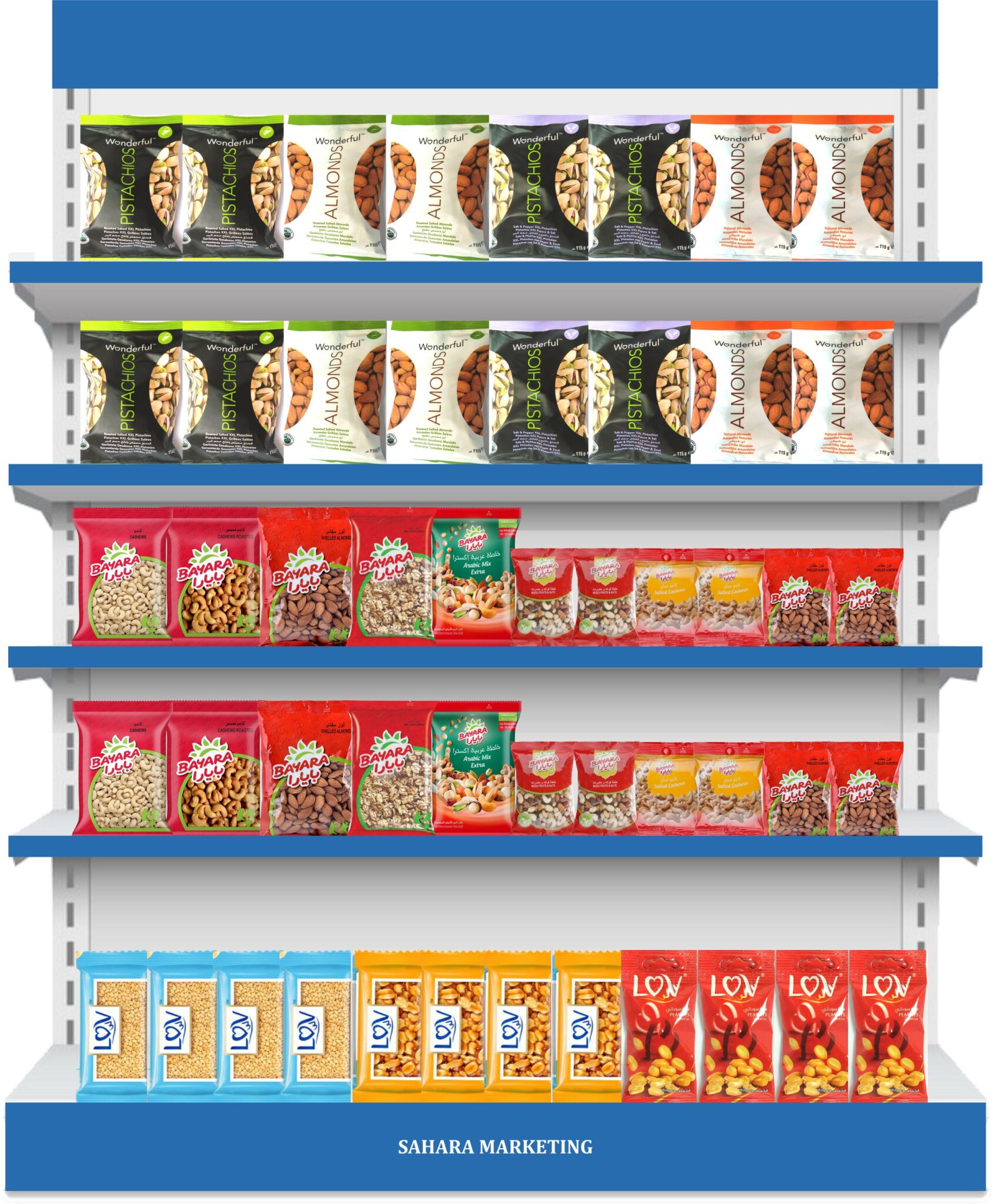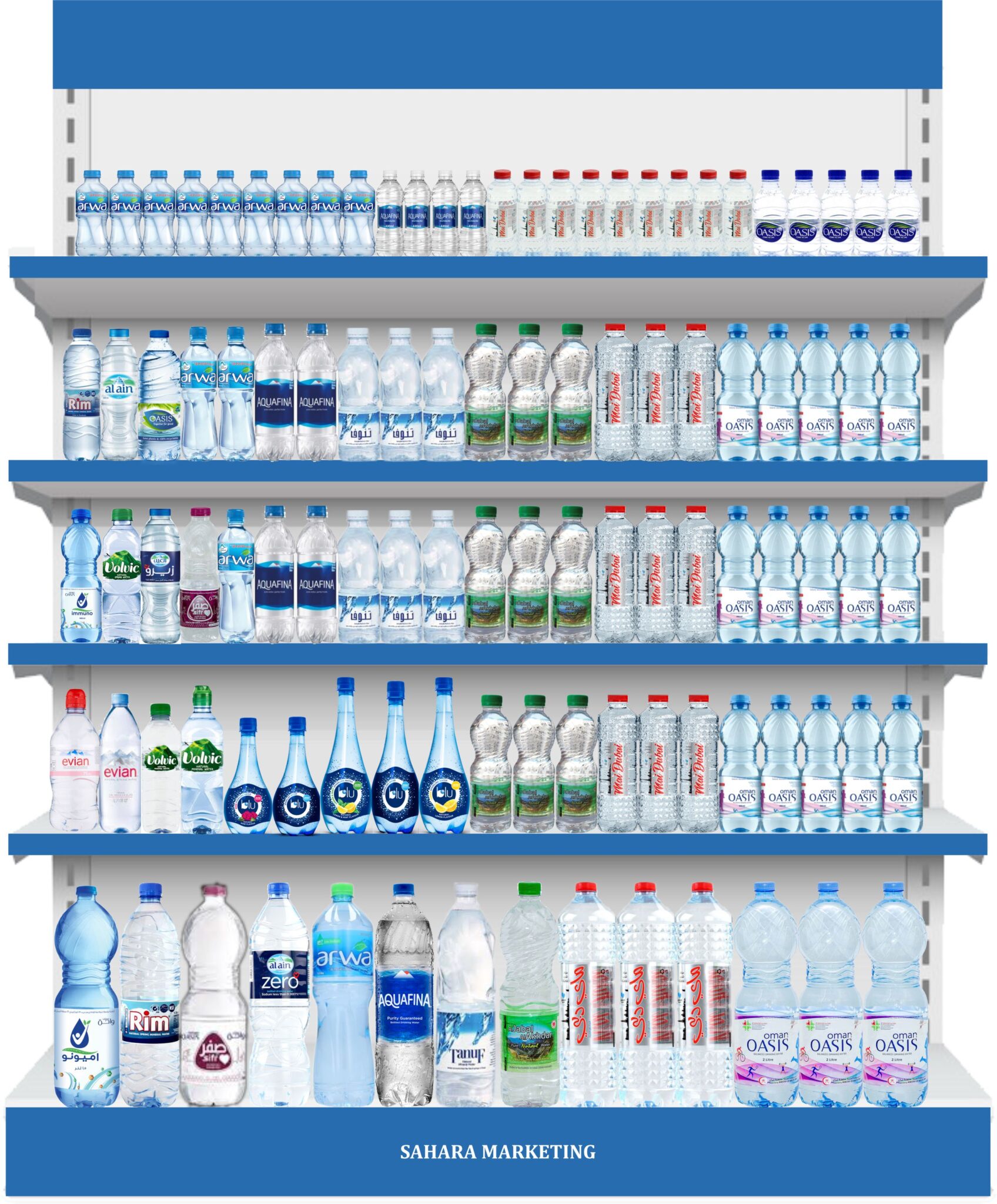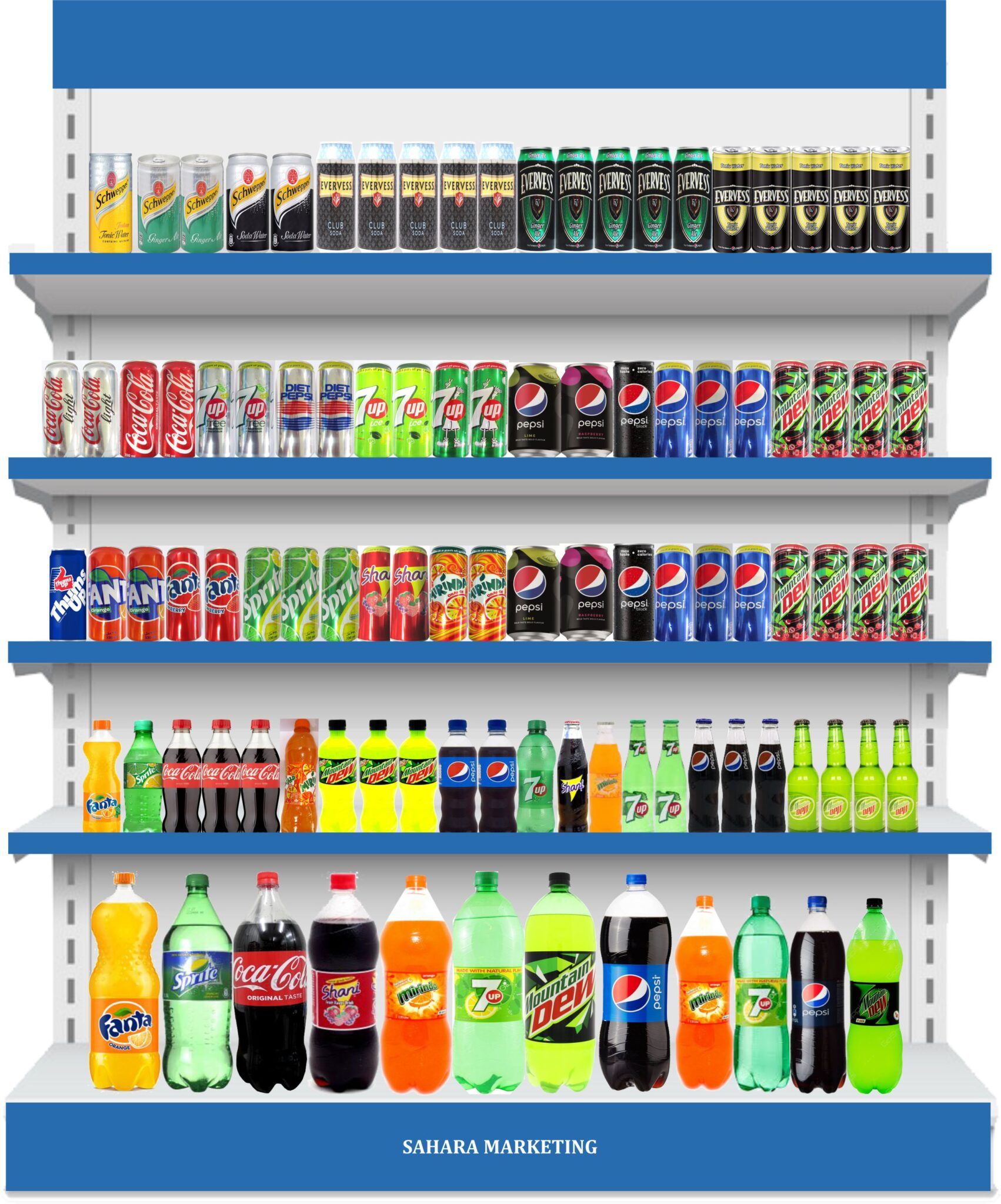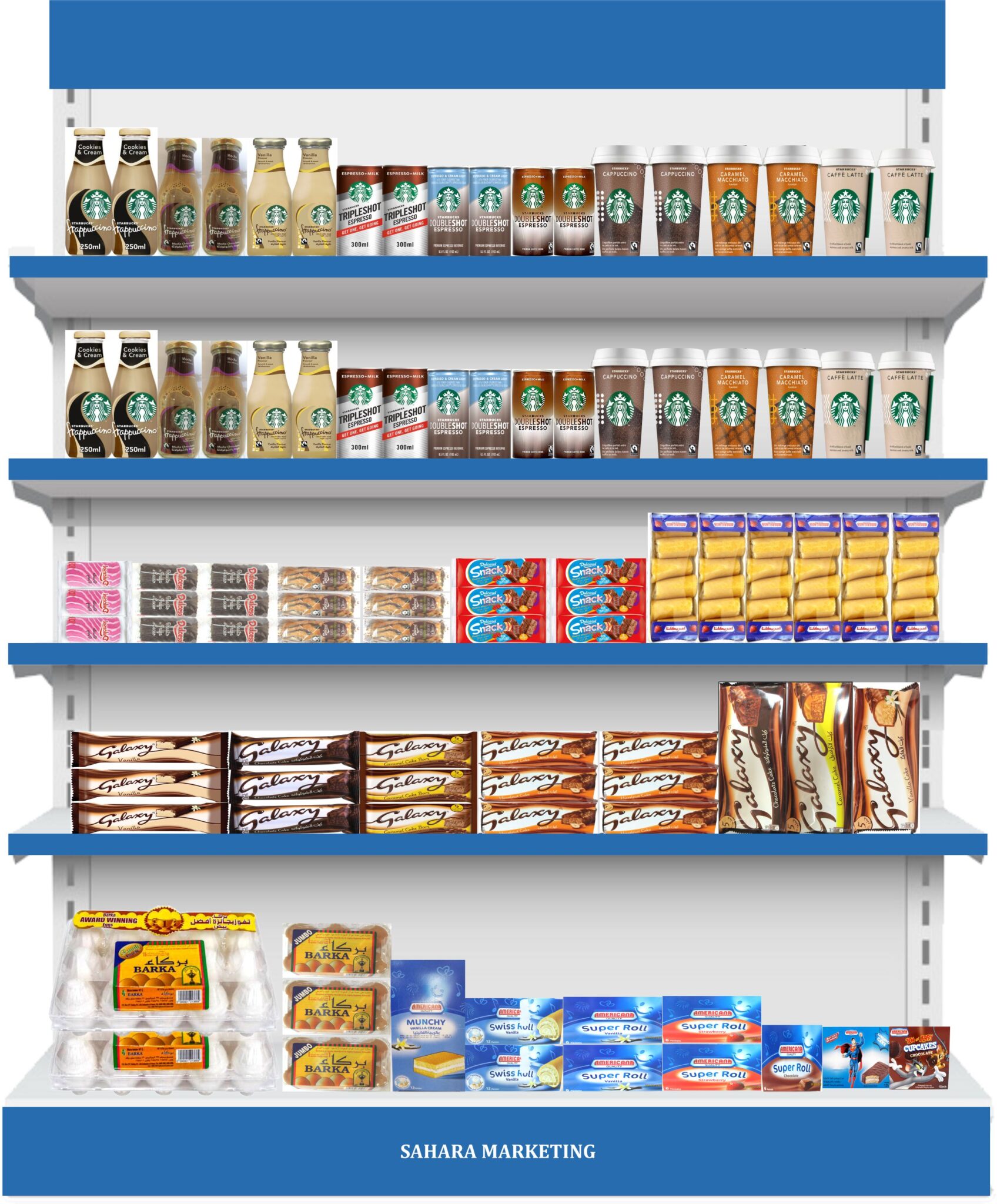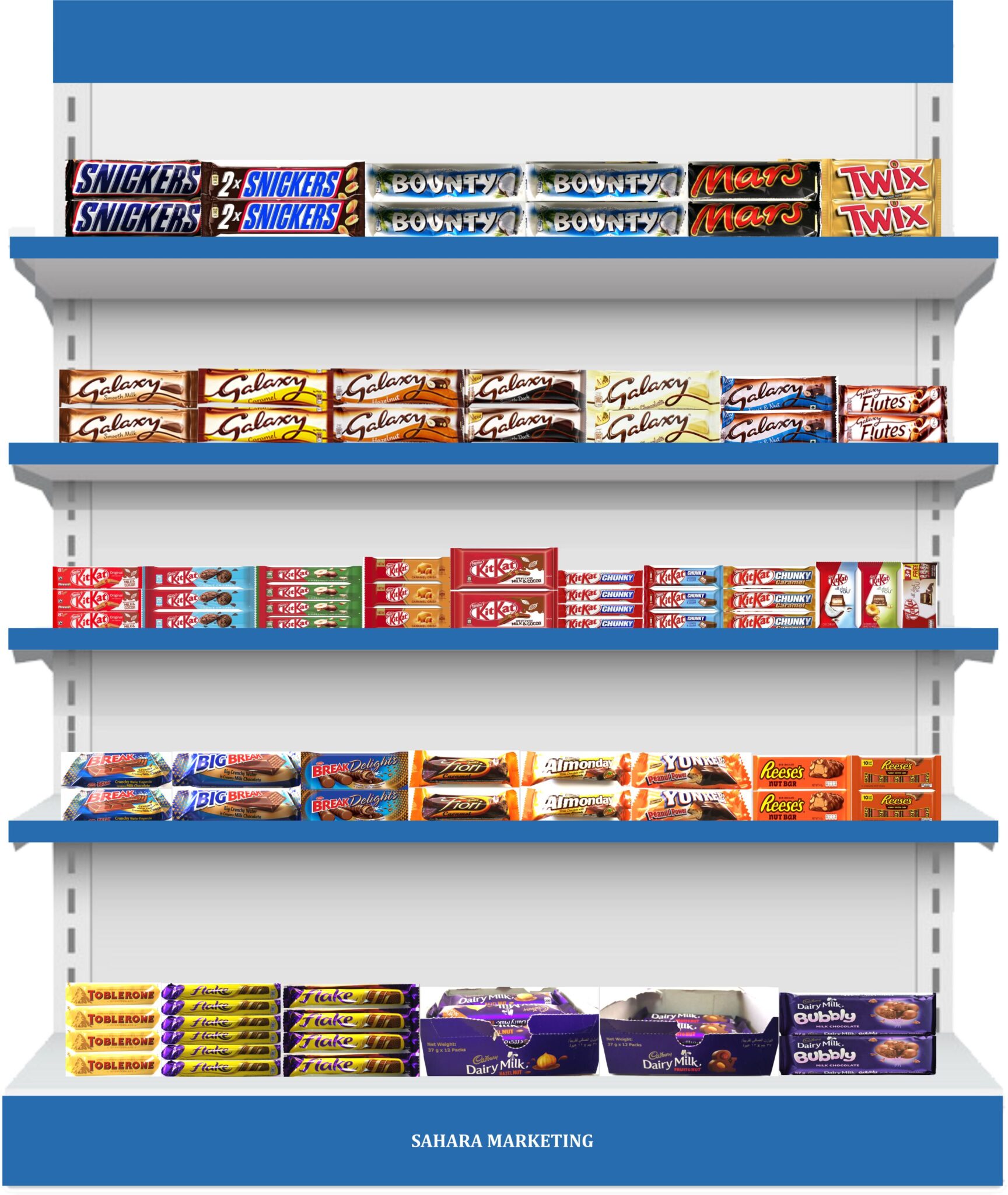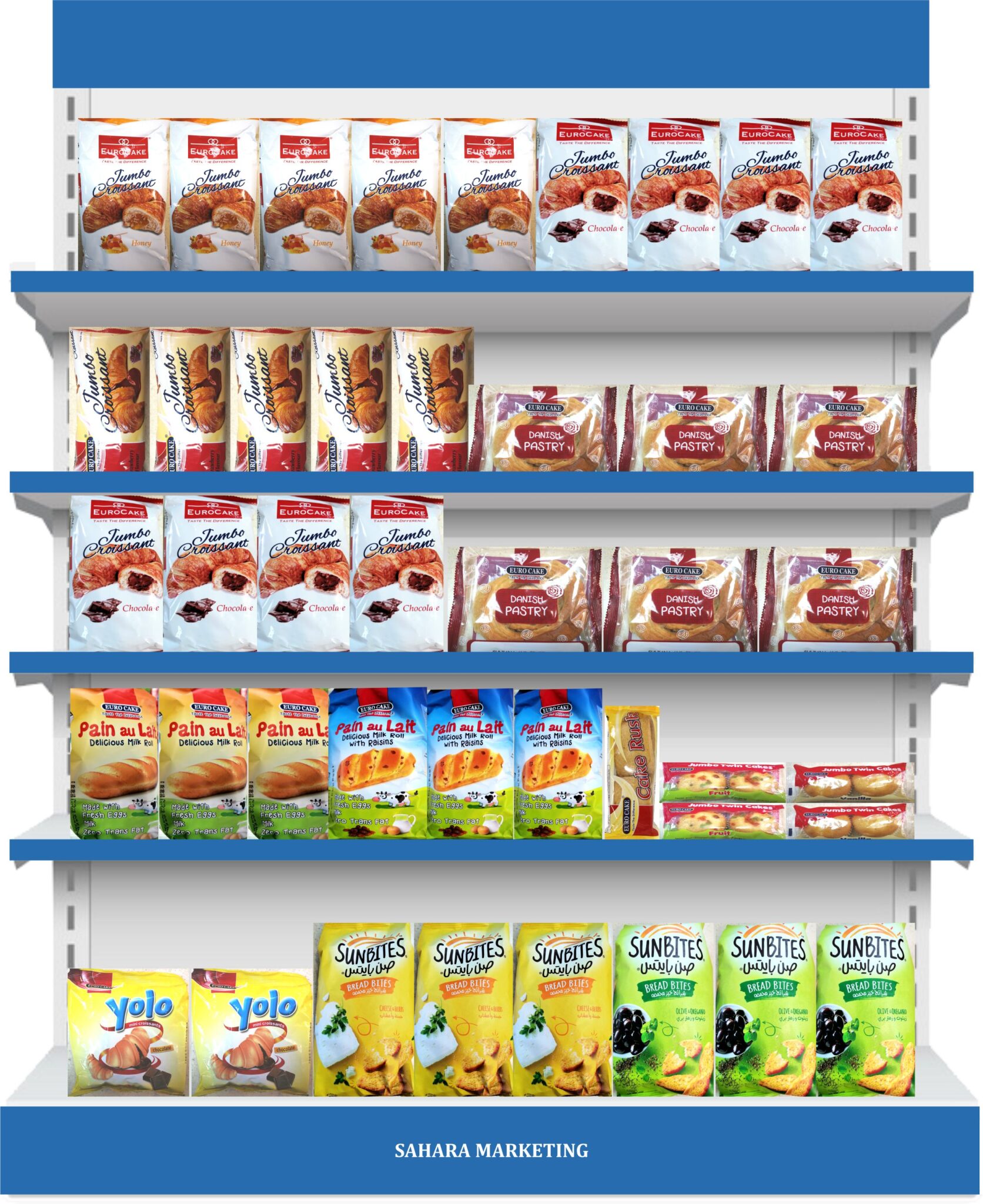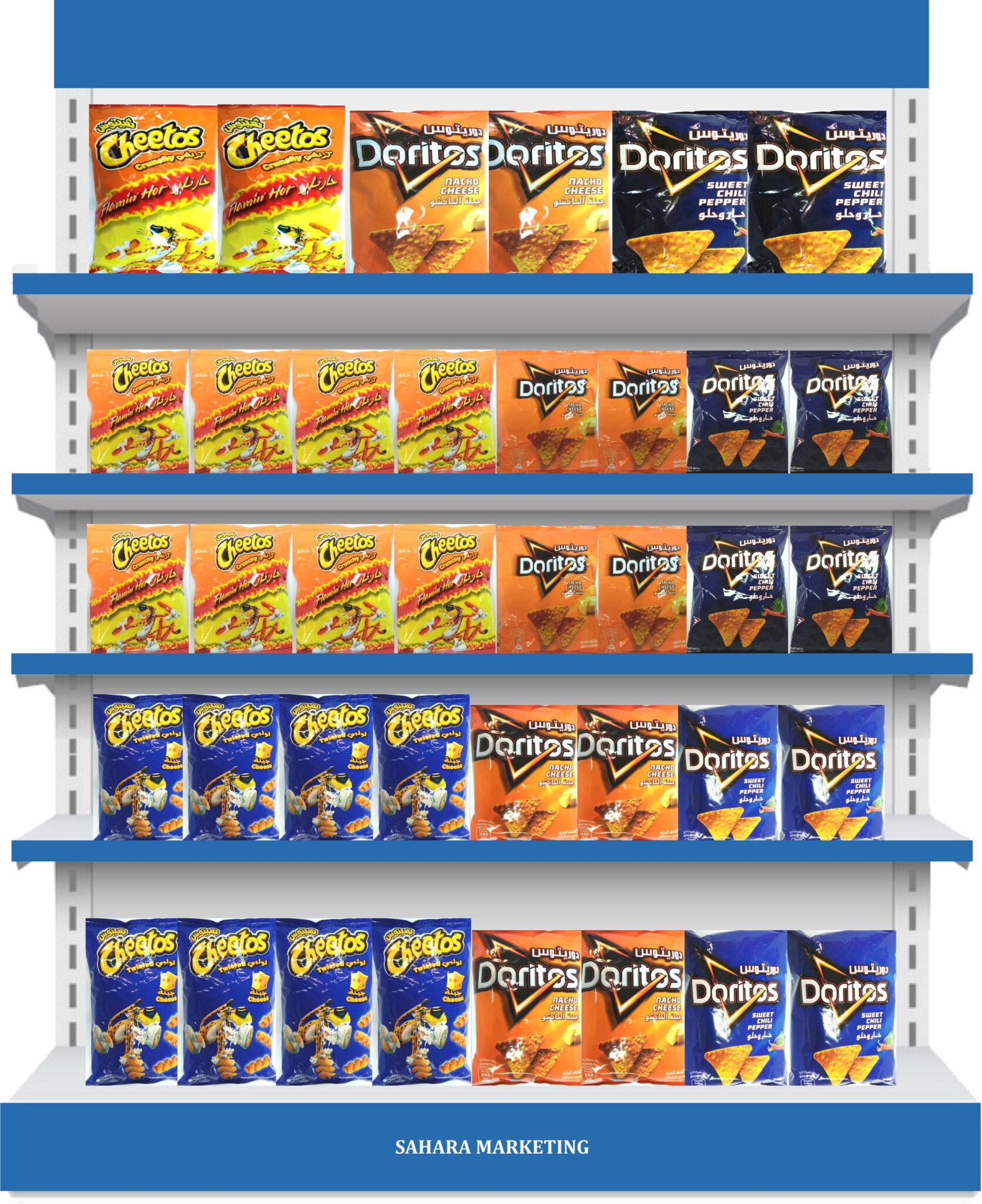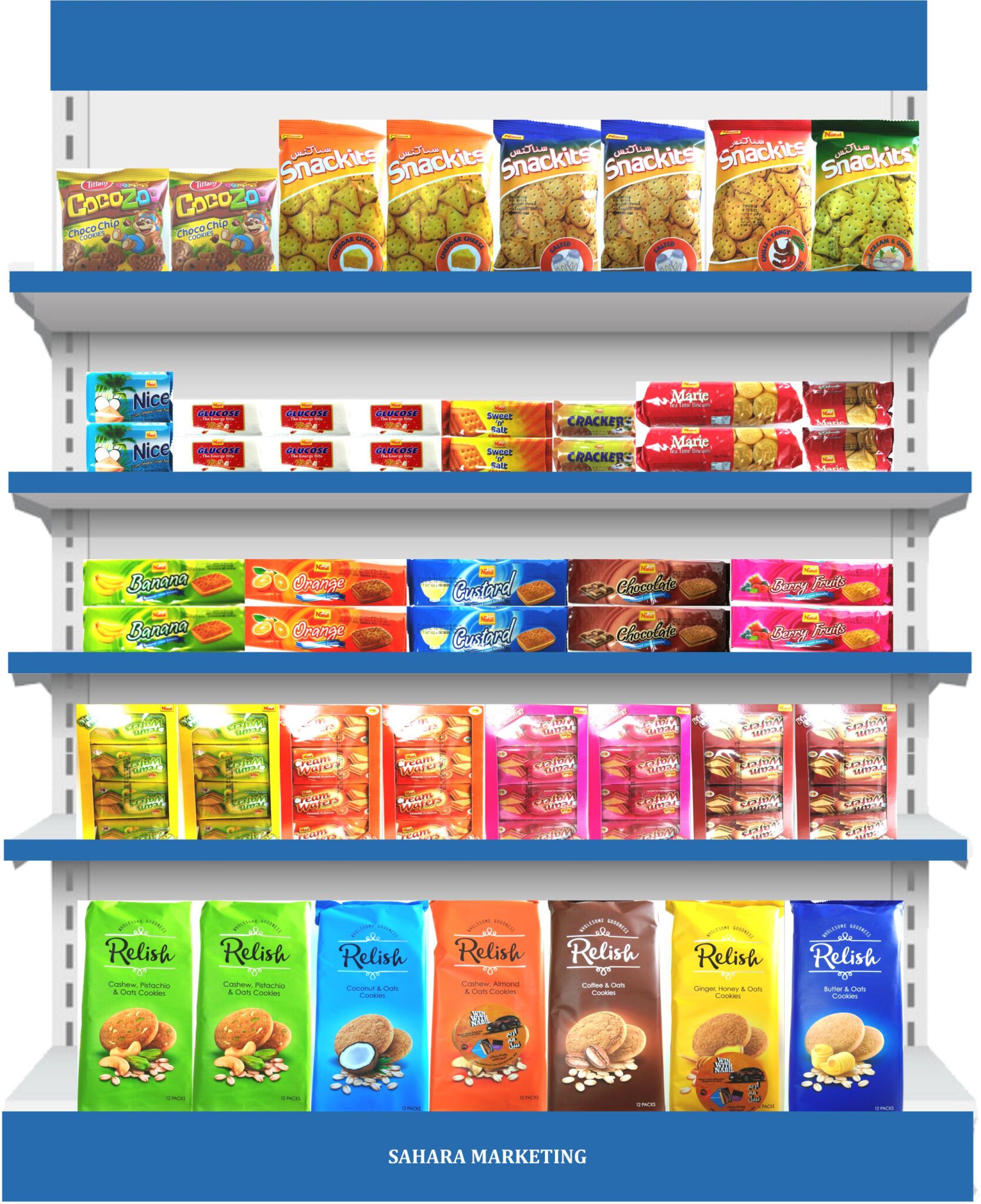Category Management
Category management is the process of classifying and managing product categories as strategic business units, rather than simply viewing a retailer’s offering as a collection of individual products. The category management approach delivers enhanced business results by focusing on delivering consumer value. It is often a shared process between a retailer and its vendors.
To arrange products on store shelves in a manner that encourages sales. Planograms provide a schematic of a store’s shelves, fixtures, and aisles, showing in detail where each product should be placed.


